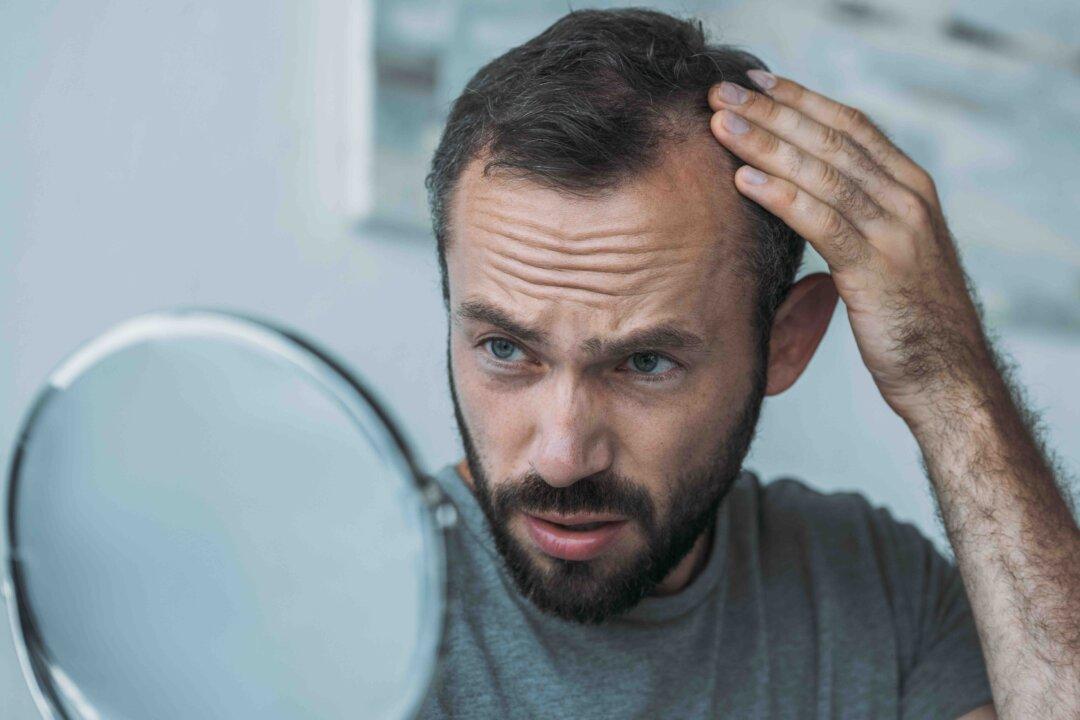Hair loss is often associated with men and aging, but it can happen to women and children, too. Many people have thinning hair or bald areas on their head.
You can lose hair slowly or quickly. Whether or not your hair will eventually grow back depends on the cause. A family history of baldness, medical conditions or their treatments, and many other things cause hair loss.





